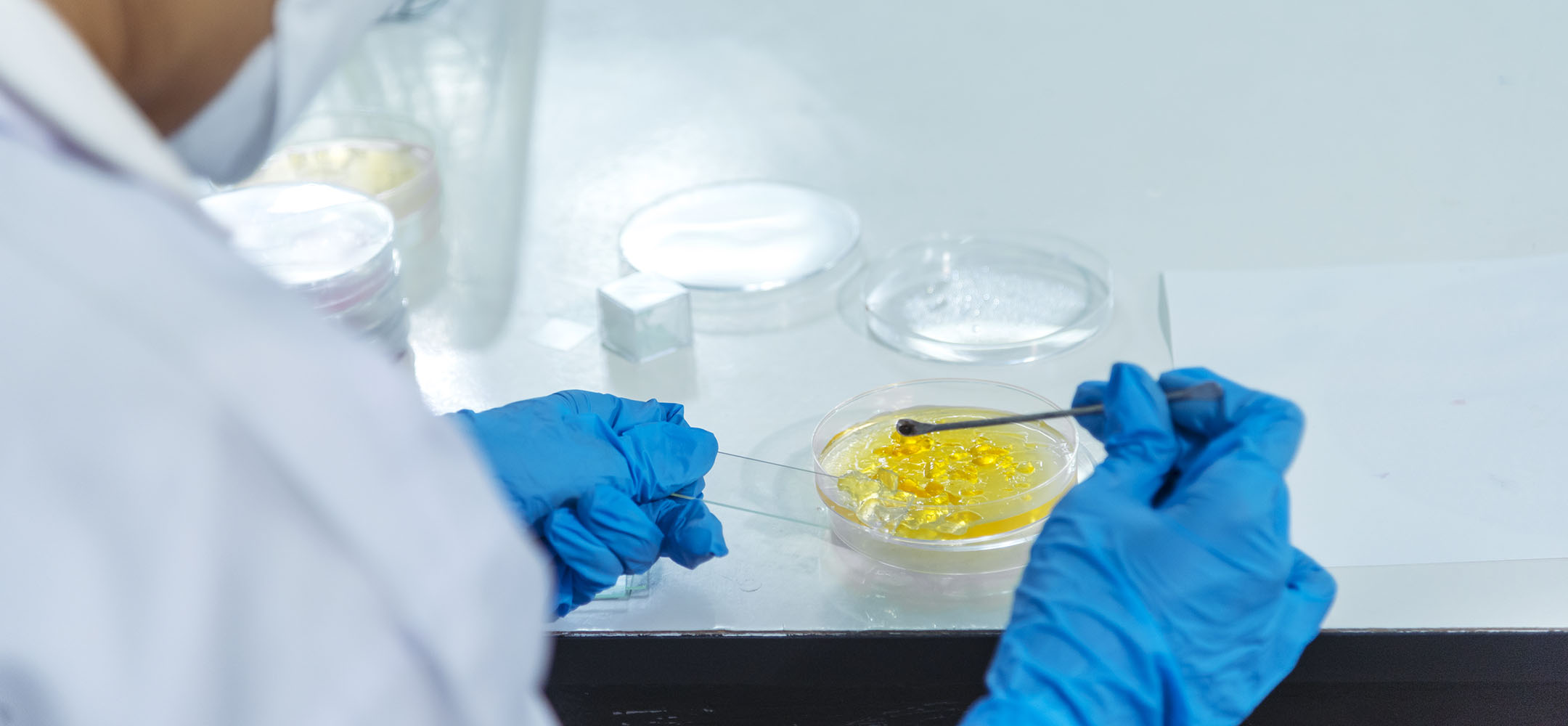Electrostatic build-up in polyethylene (PE) processing can lead to fouling of the reaction system, resulting in unexpected shutdowns or other hazards. During the PE polymerization process, the movement of polymer particles and the flow of the reaction mixture can generate static charges due to friction. If these charges are not dissipated effectively, they can cause the fine polymer particles to agglomerate and adhere to the walls of the reactor or other equipment components.
This fouling of the reaction system can have several adverse consequences. First, it may result in decreased process efficiency, as the build-up of material on the reactor walls can alter the heat transfer properties and impede the flow of the reaction mixture. Over time, this fouling can lead to a reduction in product quality and yield, as well as increased maintenance requirements.
Furthermore, if the electrostatic build-up becomes severe enough, it can lead to blockages within the reactor or transfer lines, causing an unexpected shutdown of the process. This not only results in significant production losses but also poses a safety hazard for plant personnel. In the worst-case scenario, an electrostatic discharge in the presence of flammable materials could trigger a fire or explosion, with potentially catastrophic consequences.
The use of antistatic agents in PE processing is therefore essential for mitigating the risks associated with electrostatic build-up. By incorporating these additives into the polymer formulation or applying them as a surface treatment, it is possible to reduce the surface resistance of the materials, facilitate the rapid dissipation of static charges, and minimize fouling of the reaction system. This, in turn, ensures a safer, more efficient, and more reliable PE production process, while also helping to prevent unexpected shutdowns and other hazards.
POLYSYNAID 8000 is used to stabilize Liquid Slurry and Gas-Phase processes allowing higher polyolefin production rates and production efficiencies.
This patent-pending additive is currently used by a number of multinationals in polyethylene production on a global basis to prevent reactor fouling and increase yield and throughput.
Polysynaid 8000 has no components of animal origin.


